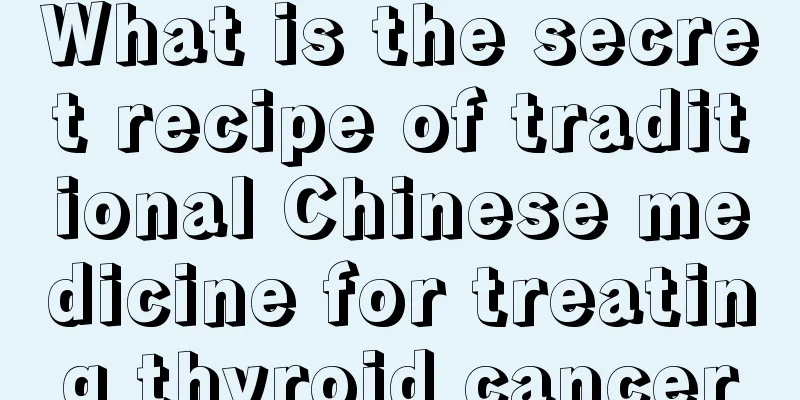How to treat marginal gingiva

|
Marginal gingivitis has a great impact and causes great pain to patients. It is often caused by local factors, such as common plaque, tartar, food impaction and poor restorations. These diseases are mainly confined to the edge of the gums and do not involve the periodontal tissue. However, we all know that these oral diseases can cause many adverse effects if we do not pay attention to active treatment. 1. Marginal gingivitis Marginal gingivitis is also known as gingivitis. The lesions are mainly limited to the edges of the gums and the gingival papillae, without affecting the deep periodontal tissues. It is mainly caused by local irritants, such as plaque, tartar, food impaction and poor restorations. Chronic gingivitis, also known as marginal gingivitis or simple gingivitis, is the most common disease among plaque-related gingivitis. Gingival inflammation is mainly located in the free gingiva and gingival papilla. The prevalence of chronic gingivitis is high and it affects a wide range of people, from all regions of the world, of all races, and of all ages. 2. Causes The long-term accumulation of dental plaque and its harmful substances at the neck of the teeth is the primary cause of gingivitis, while other factors such as tartar, food impaction, poor restorations, mouth breathing, etc. aggravate the accumulation of plaque and gingival inflammation. 3. Treatment Methods The main thing is to remove local irritants, such as using a specialist supragingival scaler to clean plaque and tartar. Eliminate food impaction, remove poor repair materials, etc.; when inflammation is severe, local drug treatment can be used, such as flushing the gingival sulcus with 1-3% hydrogen peroxide solution, applying 10% iodine mixture or 2% iodine glycerin after drying, gargling with 0.05-0.2% chlorhexidine solution or compound borax mouthwash, 0.3% zinc chloride solution, etc. After treatment, you need to pay attention to maintaining oral hygiene. Teach patients the correct way to brush their teeth, insist on brushing their teeth in the morning and evening, rinsing their mouths after meals, and keeping their mouths clean to consolidate the therapeutic effect. 4. Prevention Methods 1. Ask your dentist to teach you how to control plaque. 2. Use cleaning technique to thoroughly remove plaque, tartar and all adverse stimuli. 3. See your dentist regularly, preferably once a year, to eliminate local irritants in a timely manner. 4. The prognosis of simple gingivitis is mostly benign. |
<<: How is hepatoblastoma caused
Recommend
Is bladder cancer contagious?
Now people's living standards have improved. ...
The harm of bladder cancer to the body
Bladder cancer is a malignant tumor in the bladde...
Can cooling oil treat eczema?
Friends who suffer from eczema may have this ques...
What are the symptoms of lower limb phlebitis
If you stand or work for a long time, the chance ...
What are the advanced symptoms of localized endometrial cancer? There are these 6 symptoms
The most typical symptom of localized endometrial...
What causes liver cancer
Core Tip: Usually, the occurrence of liver cancer...
How much does it cost to treat lymphoma in its early stages?
The early manifestation of lymphoma is swollen ly...
Does vitamin E protect the ovaries?
There are many ways for women to maintain their o...
What are the treatments for traumatic facial paralysis
Traumatic facial paralysis is also relatively com...
What can't you eat after gastric cancer surgery for brain metastasis? These need to be noted
Patients with brain metastasis after gastric canc...
What are the typical symptoms of hamartoma
The incidence of hamartoma is getting higher and ...
How to permanently remove leg hair
Summer will make many girls with long leg hair fe...
The efficacy of hawthorn slices soaked in water, the benefits of drinking hawthorn slices soaked in water
The effects and functions of drinking dried hawth...
How to remove oil stains from leather shoes
In life, we always encounter a lot of troubles in...
What types of pituitary tumors can be divided into
With the improvement of people's living stand...









